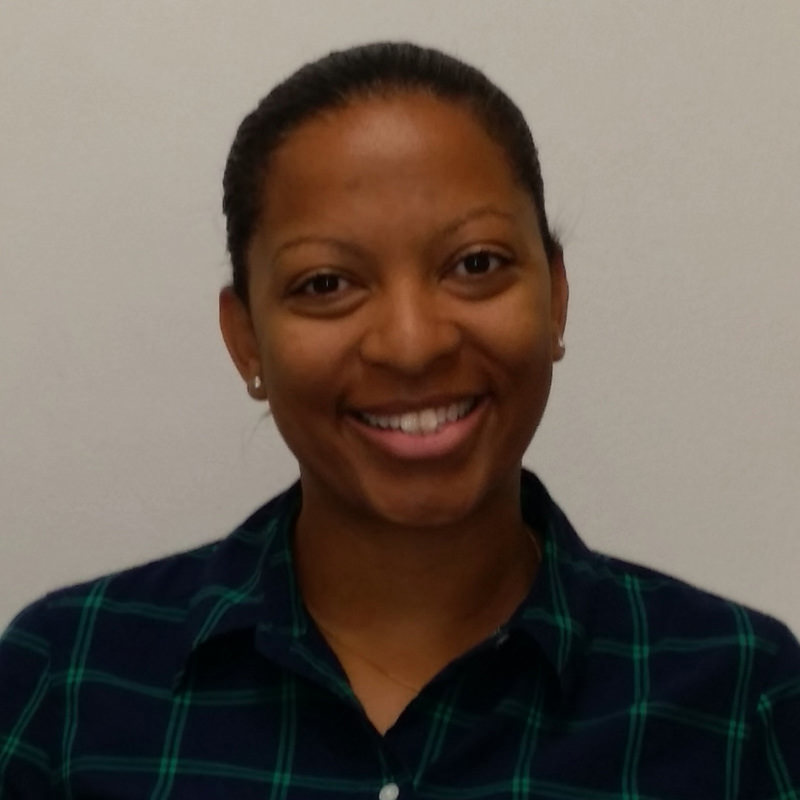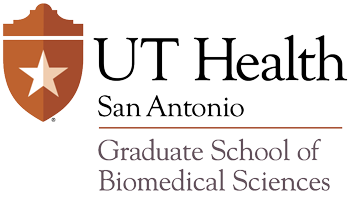Why Did You Become A Scientist? Vignettes from Postdoctoral Fellows


Dr. LaShauna Evans, a postdoctoral fellow, explained that she always wanted to be a physician in undergrad but as she was preparing for medical school, she realized that research was her true passion.
“As school happens, life also happens” Dr. Evans said, “I remember my mom telling me that when my brother was stillborn she felt like her doctor was not listening to her. So when I realized I no longer wanted to be an OBGYN, I focused my research on reproductive biology.”
Dr. Evans explained her current research, which focuses on the environmental factors that impact pregnancy specifically the effect of maternal obesity on the placenta.

Dr. Akash Bhattacharya, a postdoctoral fellow, shared his exciting story of how he became a scientist.
He stated that he saw the light at the University of Michigan, where he found that proteins are the building blocks of life and are crucial.
Dr. Bhattacharya explained that “proteins are a whole lot more than the building blocks of life. They are locks and keys. . . well more like blocks of jello. . . but they do something useful. They occasionally fight back against inflammation and viruses”
With his intricate story telling he describes the invasion of HIV as:
“Viruses attack the cells just like invaders attack a castle. When the virus attacks the cell it is wrapped in a coat of armor
(capsid) and it must be taken off before the virus can enter the nucleus. He must take off his coat of armor before he enters the court yard. If something interferes with that process we might be able to reduce viral infection.”
It is the development of a protein that can interfere with this process that is the subject of Akash’s research.

Dr. Bridget Ford, postdoctoral fellow, is a native south Texan who went to St. Mary’s University for her undergraduate degree in biological science. She credits her academic advisor for convincing her to go to the dark side of research.
After a summer undergraduate research fellowship, her interest in biomedical science was piqued and thus began a lifelong love affair with science.
She is a graduate of the Molecular Medicine Ph.D. Program at UTHSCSA where she investigated the role of ADAM17, a matrix metalloprotease, in the development of diabetic kidney disease.
Presently, in her postdoctoral fellowship, Bridget has continued to focus her research on diabetes; she now
studies diabetes as a risk factor for stroke.
Given her passion for science and learning, she also shared with the teachers that, “I found that my heart truly lies in teaching, so I’m currently an adjunct professor at St. Mary’s University. I love the moments when I can use my research as a teaching tool. Concepts really seem to aclick’ with students when they can see how things relate to real-life situations. ”
This article is part of the “Meet The Researcher” series which showcases researchers at the Graduate School of Biomedical Sciences at University of Texas Health Science Center San Antonio.
